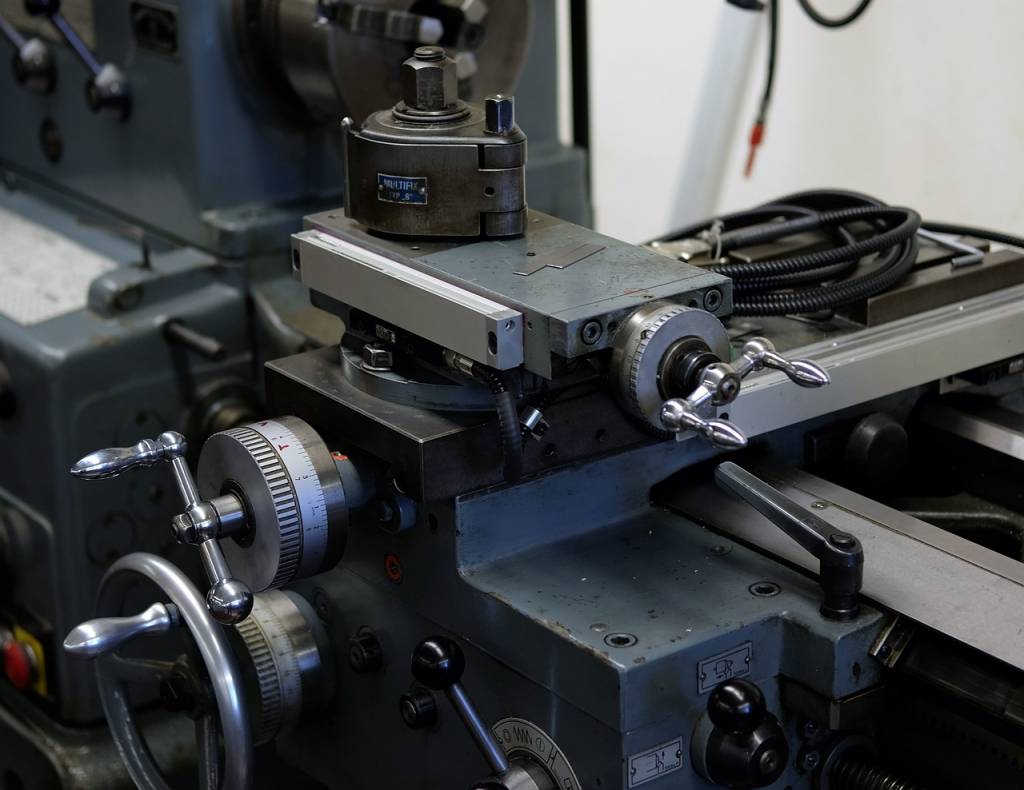Revolutionizing Manufacturing Training: The Impact of Virtual Reality
As the manufacturing sector continues to evolve in the wake of Industry 4.0, companies are increasingly turning to cutting-edge technologies to enhance productivity, safety, and efficiency. Among these technologies, virtual reality (VR) is taking a prominent role, particularly in how employees are trained. By simulating real-world tasks and complex operations in a safe and immersive environment, VR is fundamentally transforming the training landscape for manufacturers worldwide.
One of the innovators leading this transformation is SKYREAL, a company dedicated to solving complexity in advanced industries through spatial engineering. With deep expertise in unlocking the potential of XR (Extended Reality) and AI, SKYREAL offers a managed service that links CAD data with Unreal Engine technologies, paving the way for immersive training, collaboration, and prototyping throughout the product lifecycle.
The Traditional Challenge of Industrial Training
Manufacturing has long depended on hands-on experience, mentorship, and procedural shadowing as core training methods. While effective, these approaches often come at high costs due to prolonged downtimes, increased risk to both personnel and machinery, and the cyclical need to re-train employees when production lines update or evolve.
Moreover, global disruption—such as the COVID-19 pandemic—revealed significant vulnerabilities in traditional onboarding and training systems. Travel restrictions, labor shortages, and distancing requirements highlighted the urgent need for remote, scalable, and flexible training options. Enter VR technology, which offers an intuitive solution to these challenges by transporting employees into highly realistic digital replicas of physical workspaces.
Immersive Learning Environments for Rapid Upskilling
Virtual reality enables engineers and manufacturing professionals to engage in experiential learning without stepping onto the factory floor. Through VR headsets and haptic feedback systems, trainees can interact with digital twins of machinery, perform intricate assembly line tasks, and simulate emergency procedures—all within a controlled environment.
This immersive experience significantly enhances information retention and muscle memory, especially when compared to traditional classroom-style or video-based training. VR scenarios can be repeated and refined, allowing individuals to build advanced skills at their own pace. Instant feedback and performance analytics also enable instructors to tailor learning pathways to each user, ensuring better outcomes across the board.
Skyreal VR: Bridging CAD to Reality
At the heart of this VR revolution is Skyreal VR, SKYREAL’s flagship product designed specifically for industries dealing with complex engineering requirements. Unlike generic VR platforms, Skyreal VR is engineered to seamlessly transition from Computer-Aided Design (CAD) models to interactive virtual environments, particularly leveraging the Unreal Engine for high-fidelity visuals and responsive interaction.
This functionality is particularly critical in manufacturing, where training often involves sophisticated components, tight tolerances, and coordinated teamwork. By using Skyreal VR, companies can create immersive simulations directly from their CAD datasets—drastically shortening the time between design iteration and workforce readiness.
What makes Skyreal VR standout is its capability to cater to multiple stakeholders. Engineers, designers, technicians, and even clients can access consistent, real-time XR experiences wherever they are. This democratization of industrial knowledge fosters better collaboration while minimizing misunderstandings during the design and production phases.
VR and Manufacturing Synergy
The synergy between VR and manufacturing is multi-faceted. Beyond basic task training, VR is facilitating a range of use cases such as:
- Onboarding New Employees: Offering realistic simulations that familiarize staff with factory layouts, safety protocols, and machine operation before they ever set foot on site.
- Cross-Training: Enabling workers to acquire diverse skills across departments, enhancing workforce flexibility and readiness for dynamic production needs.
- Remote Collaboration: Empowering global teams to participate in training sessions synchronously, especially valuable for multinational corporations.
- Continuous Process Improvement: Using VR scenarios to simulate new workflow strategies or troubleshoot inefficiencies safely and cost-effectively.
As the industry continues to digitize, the role of vr in manufacturing is becoming not just desirable, but essential. It represents a shift in how companies think about workforce development—moving from reactive models to proactive, data-informed strategies.
Reducing Risk and Enhancing Safety
In manufacturing, safety is paramount. Traditional training methods often expose new workers to dangerous environments and machinery they may not yet fully understand. VR effectively mitigates these risks by allowing users to experience high-risk scenarios virtually, reinforcing proper safety procedures and hazard recognition without the danger of real-world consequences.
Simulations of emergency situations, such as equipment malfunctions or hazardous material spills, can be repeatedly practiced under varying conditions. This not only builds confidence but ensures that workers are prepared for a wide array of contingencies, which ultimately leads to fewer on-site accidents and reduced insurance claims.
Cost-Efficiency and ROI
Many companies hesitate to invest in virtual reality due to perceived high costs. However, the ROI of VR training programs in manufacturing is compelling. Once developed, VR simulations are highly scalable—meaning one digital environment can train hundreds of employees globally without additional physical infrastructure or repeated manpower efforts.
Additionally, the cost savings from reduced downtimes, minimized material waste, and decreased incident rates quickly add up. SKYREAL’s managed service model further reduces IT burden on internal teams by delivering hardware and software solutions that are secure, compliant, and ready to deploy across facilities.
Future-Proofing the Industrial Workforce
The pace of industrial innovation is unrelenting. Robotics, automation, AI, and advanced materials are changing the way factories operate—and the human workforce must keep up. Virtual reality is proving to be one of the few technologies capable of providing just-in-time learning at the scale and speed that modern manufacturing demands.
Skyreal VR is instrumental in preparing workers for this future. As processes and machinery become increasingly complex, VR offers a platform where employees can explore new innovations without interrupting production. With minimal barriers to entry and broad compatibility with existing design workflows, Skyreal VR helps organizations future-proof their workforce while maintaining the agility needed to compete in today's fast-paced markets.
A Strategic Advantage in a Competitive Market
Manufacturers that adopt VR training tools such as Skyreal VR are not just improving their capabilities—they're gaining a strategic advantage. Reducing time to competence, ensuring standardization, and upskilling employees with fewer resources allows companies to stay ahead of competitors struggling with outdated training methods.
Moreover, embracing immersive technology signals to both current and prospective employees that your company is forward-thinking and invested in their growth. In a tight labor market, that makes a significant difference in attracting top talent and retaining them over time.
Bridging Human and Digital: The Next Era of Training
The convergence of CAD, XR, and AI is transforming the way the manufacturing sector visualizes its processes and prepares its workforce. Tools like Skyreal VR are at the forefront of this evolution, bridging the gap between intricate design data and intuitive, impactful training experiences.
As more industries recognize the value of VR in enhancing productivity and safety, it's clear that virtual reality is not a niche experiment but a central pillar in the next generation of manufacturing excellence. For companies looking to remain agile, reduce costs, and build a more resilient workforce, adopting VR-enabled training solutions is not just a technological upgrade—it’s a business imperative.




